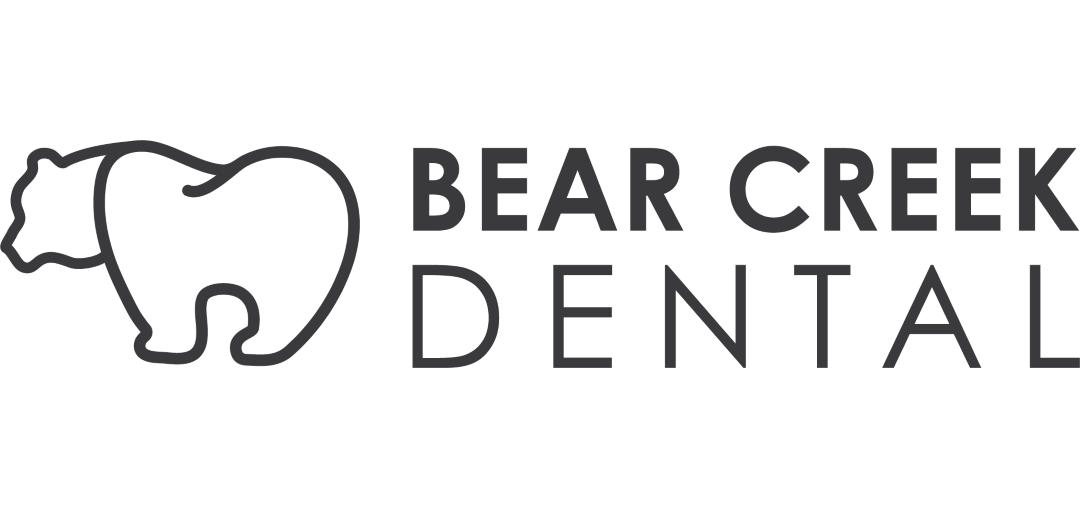
Sometimes, a tooth extraction is the best way to protect your mouth and your comfort. The extraction may be due to damage, decay, or simply to deal with tooth crowding. Tooth extractions can be beneficial since they can reduce discomfort and prevent more issues. If you live in Alberta, you may want to know more about tooth extractions in Grande Prairie, and in this blog, you will learn more about when a tooth extraction may be necessary and what to expect afterwards.
When Would a Tooth Need to be Extracted?
Not all tooth problems require an extraction, but there are some typical situations where you may take advice from your dentist to have the tooth extracted:
Severe Damage or Decay: A tooth that needs to be extracted because it needs a crown or a filling, since it has gotten so damaged or decayed.
Gum Disease: Advanced gum disease, called periodontitis, can loosen teeth by affecting the supporting structures. Your dentist may decide to take out your tooth if it becomes unstable to preserve neighbouring teeth.
Crowding: Teeth can occasionally be overcrowded or lack sufficient room to erupt. In cases of misalignment or pain, dentists will commonly extract teeth to alleviate discomfort or prior to putting braces on.
Infection or Abscess: Deep infections in the tooth’s pulp have the potential to spread to the supporting tissue. If it is determined that a root canal is not a feasible option, then extraction may be appropriate to protect the tissue from further infection.
Impacted Teeth: Wisdom teeth frequently result in extractions, as they may not erupt properly and can become partially impacted or push against other teeth.
How to Know if a Tooth Needs to be Extracted?
You may not always realize that a tooth needs an extraction, but there are some observable signs you may want to look for:
| Symptom | What It Might Mean |
| Constant tooth pain | Possible decay or nerve damage |
| Swelling in the gums or jaw | It may be a sign of infection or an abscess |
| Loose tooth (not baby tooth) | Often caused by gum disease |
| Trouble chewing | It could be due to crowding or a damaged tooth |
| Bad breath that won’t go away | It might point to infection or severe decay |
If you notice any of these signs, don’t wait—speak to a dentist to find out if extraction is the right next step.
What Happens During a Tooth Extraction?
Have concerns about the procedure? You shouldn’t. Most extractions are both fast and straightforward. Here’s an overview of what usually takes place:
- Numbing—Your dentist will use local anesthesia (or numbing medicine) to make sure that you do not feel any pain while the procedure is happening.
- Loosening the Tooth—Your dentist will use special tools to loosen the tooth.
- Removing the Tooth—Once the tooth is loose, it will be safely taken out.
- Closing the Area—In some cases, the dentist may need to place a stitch to facilitate healing.
In general, the time frame from beginning to end is usually less than an hour!
What to do After Tooth Extraction?
Protecting your mouth after extraction is critical for your healing. Here is what to do:
Bite down gently on gauze: This will help protect against any bleeding. Your dentist will provide gauze and usually suggest that you bite down on it for about 30-45 minutes.
Use ice packs: To reduce swelling, apply a cold pack on your cheek for ten to twenty minutes.
Rest: For the next 24 hours, you should refrain from doing anything physically demanding. Your body needs to do the healing.
Avoid straws and smoking: Both of these habits can dislodge the blood clot where your tooth was removed and lead to a painful condition called a dry socket.
Eat soft foods: You may want to stick with soft foods such as mashed potatoes, yogurt, or applesauce for the first couple of days.
Brush lightly: You should continue to keep your mouth clean, but avoid the extraction area for the first day or two.
Are There Alternatives to Extraction?
Yes. In some cases, treatments like root canals or crowns can save a tooth. That’s why your dentist will always check all possible options before deciding to pull a tooth. However, in certain cases, extraction is the most effective and secure way to safeguard your general dental health.
How Soon Should You See a Dentist?
You don’t need to wait until the pain is unbearable. Early care often means easier treatment. If you’re unsure whether your tooth needs to come out, searching for tooth extractions near you and scheduling a consultation is a smart move. Acting early can prevent bigger problems and save you time, pain, and money down the road.
Take Care of Your Smile with Bear Creek Dental
If you’re facing tooth trouble or just want an expert opinion, the caring team at Bear Creek Dental is here to help. From the first check-up to aftercare guidance, they’ll make sure you’re comfortable every step of the way.
Whether it’s a wisdom tooth that’s causing pressure or an infected tooth that’s been bothering you for weeks, Bear Creek Dental can walk you through your options and help you get back to smiling confidently.
Don’t wait for the pain to get worse. Schedule your visit today and let Bear Creek Dental help you protect your smile.
